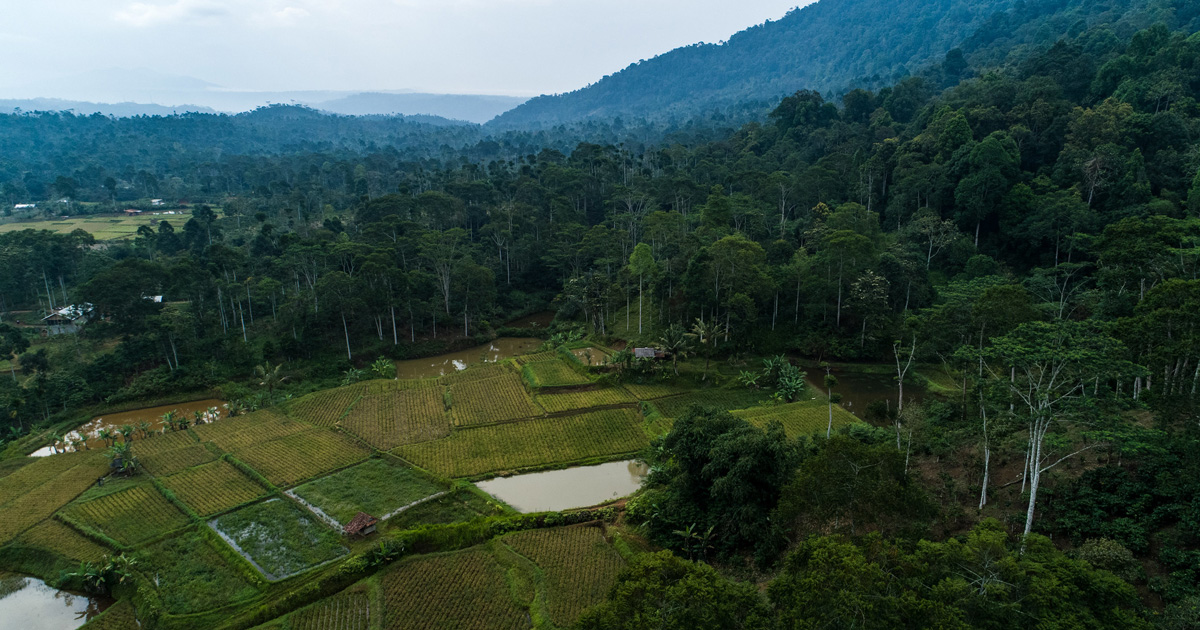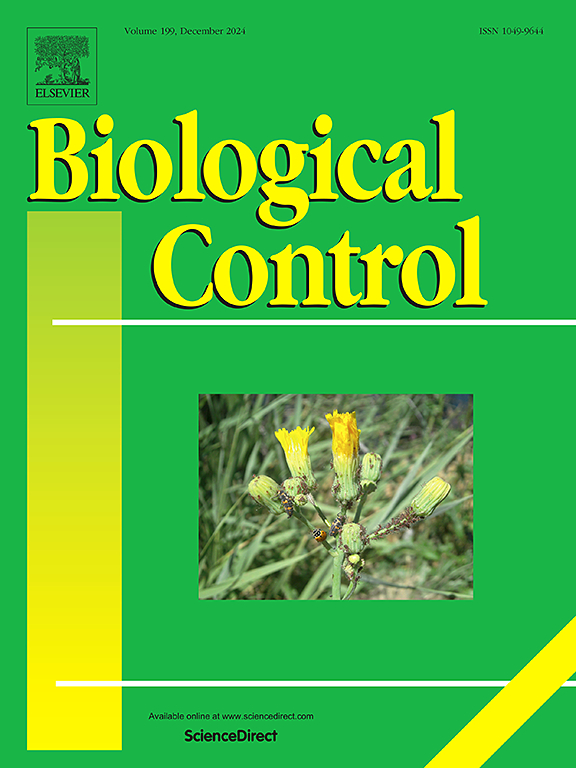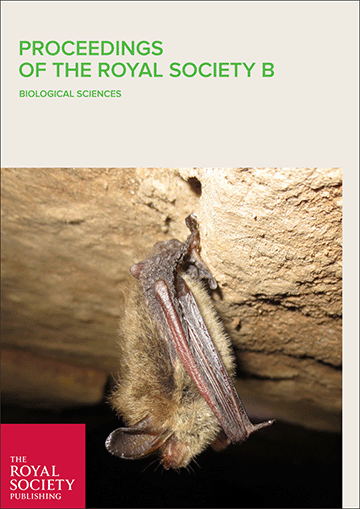Rubber powdery mildew disease (Oidium heveae) is a serious threat to natural rubber production (Hevea brasiliensis) in some rubber developing regions of the world. Both phenological- and meteorological-related factors have been reported influencing the powdery mildew disease. However, few studies have investigated the effects of both phenological- and meteorological-related factors on the disease. The objective of this study is to quantify the contributions of phenological- and meteorological-related factors to affect the disease. We used the partial least squares (PLS) regression method to comprehensively quantify the effects of thirty-five phenological related factors and six meteorological factors on the infection level of powdery mildew of rubber trees over 9-year records (2003–2011). The relative contributions of significant factors were further investigated by the variation partition analysis. We found that the most influential variables were the mean temperature during winter and the duration of leaf development to maturation which explained 32 and 26% of the variations in the infection level. We found the controlling role of winter mean temperature, for the first time, on the infection level of powdery mildew. The controlling role of winter temperature may have directly increase the infection level when winter temperature is high and indirectly increase the infection level through prolonging the duration of leaf development to maturation, although the duration itself had smaller influences. We detected a warming trend of the winter temperatures from 2003 to 2011, which indicates that the infection level of powdery mildew will be increased if the winter warming continues.
DOI:
https://doi.org/10.1007/s00484-021-02125-w
Altmetric score:
Dimensions Citation Count:
























